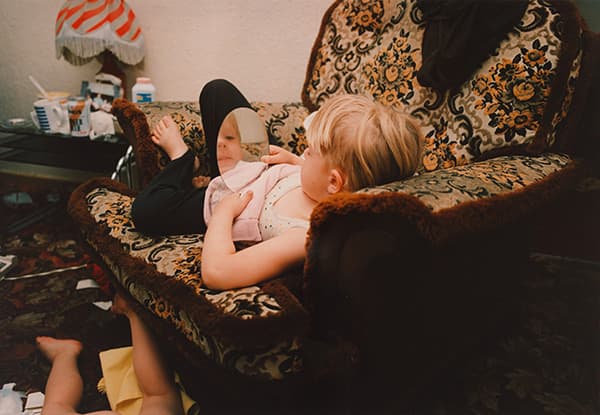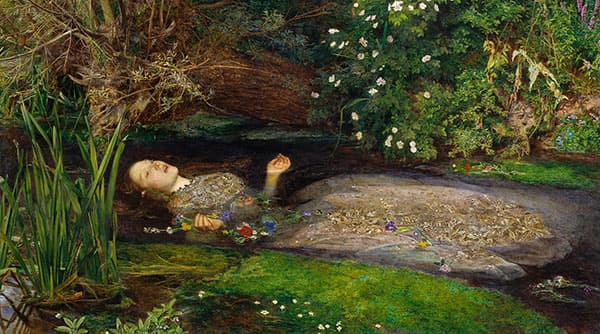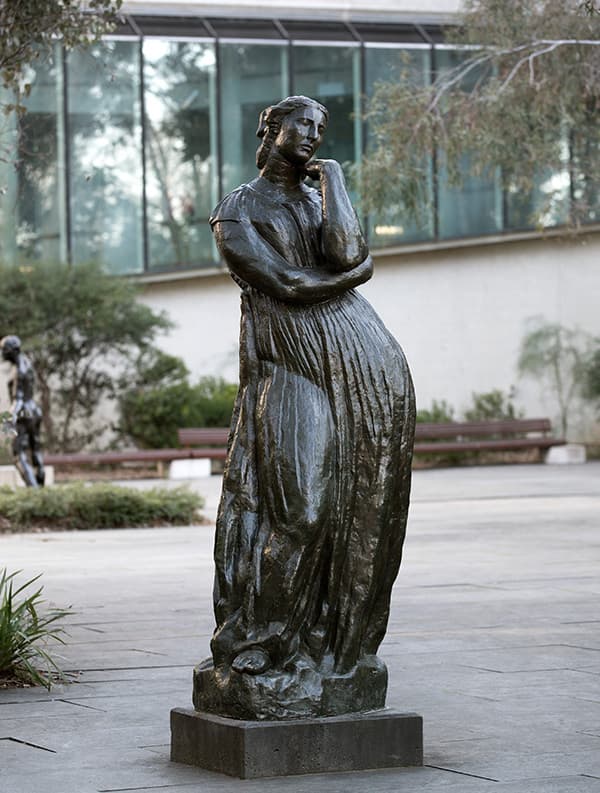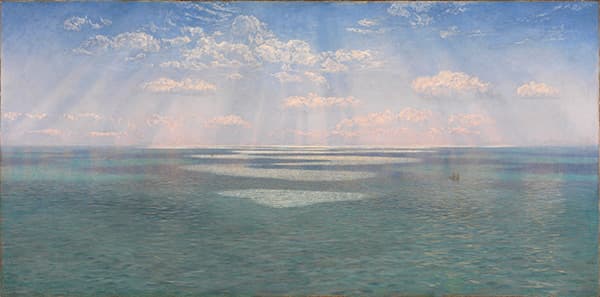The Pre-Raphaelites for NGA Kids
Many of the amazing works of art in Love & Desire: Pre-Raphaelite Masterpieces from the Tate normally live at the Tate in London. They have a cool place online called Tate Kids with lots of fun activities and things to do. We have re-imagined some of the activities to explore how the Pre-Raphaelites connect to Australia and works of art from the national collection, held here at the NGA.
Meet the Pre-Raphaelites
The Pre-Raphaelites (try saying it like this: Pre-raf-e-light) were a group of artists working in England during the Victorian era. They believed art should be like the real world. They wanted their paintings to show the world with lots of details, intense colours and scenes of life.
At that time in England many people admired the work of the Italian painter Raphael. Raphael was painting nearly 400 years before the Pre-Raphaelites. He liked creating epic religious paintings, and imagined these scenes to be very beautiful. The Pre-Raphaelites didn’t like this and wanted to paint what they knew. This is how they got their name—it literally means ‘before Raphael’.
They were rebels in their time
In the mid-1800s if you wanted to become a successful artist in England, you needed to belong to the Royal Academy of Art. They decided who was a good artist and who was not. The Pre-Raphaelite Brotherhood thought this was a bit rubbish. The Pre-Raphaelites wanted to challenge what art people thought was ‘good art’.
Robert Braithwaite Martineau The last day in the old home 1862
They wanted to paint pictures of religious subjects, legends and myths in a style that reminded people of medieval painters. This caused quite a scandal. They were like a punk rock band your parents wouldn’t approve of. Now many people love the work of the Pre-Raphaelites and travel across the world to see them in exhibitions such as this one.









